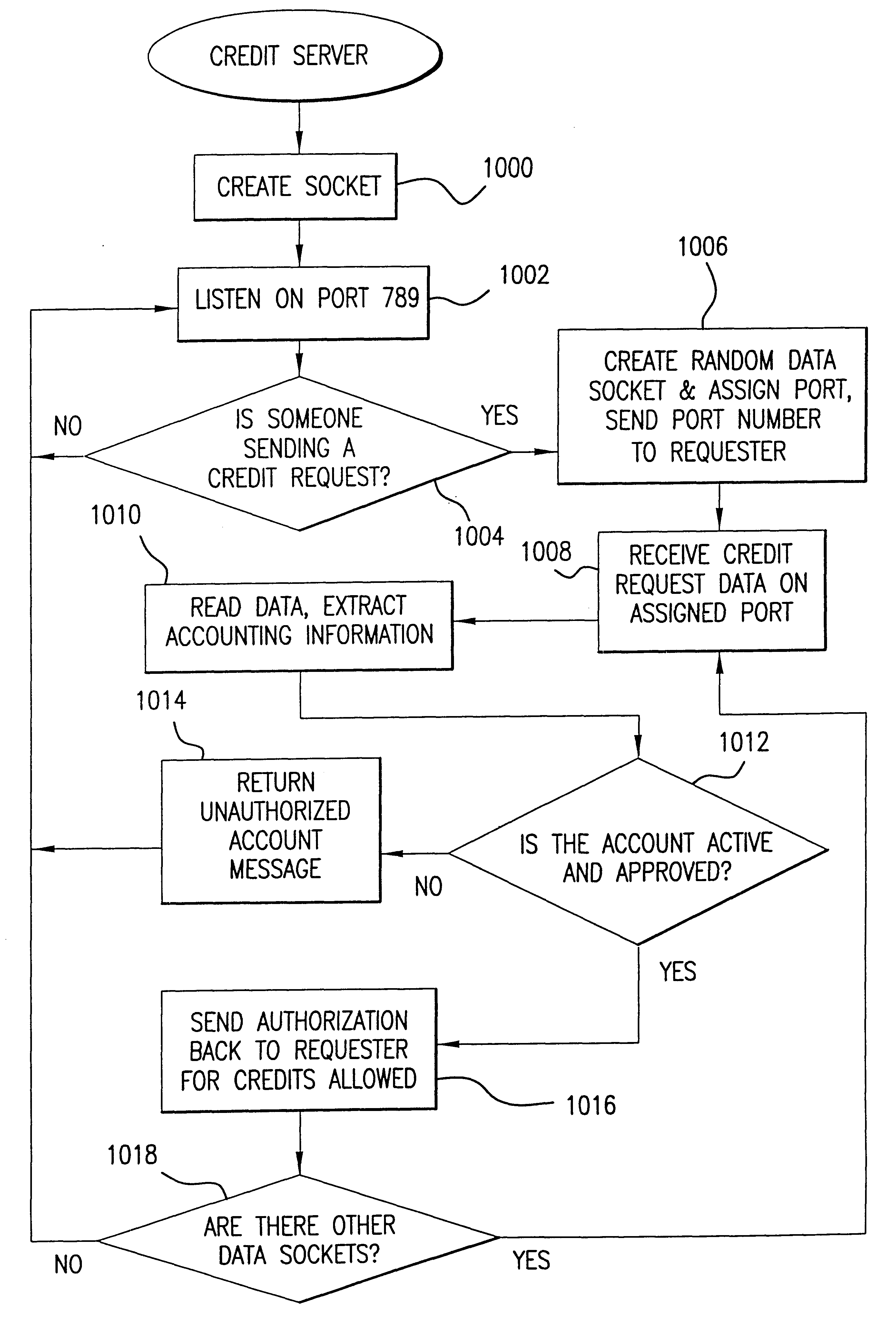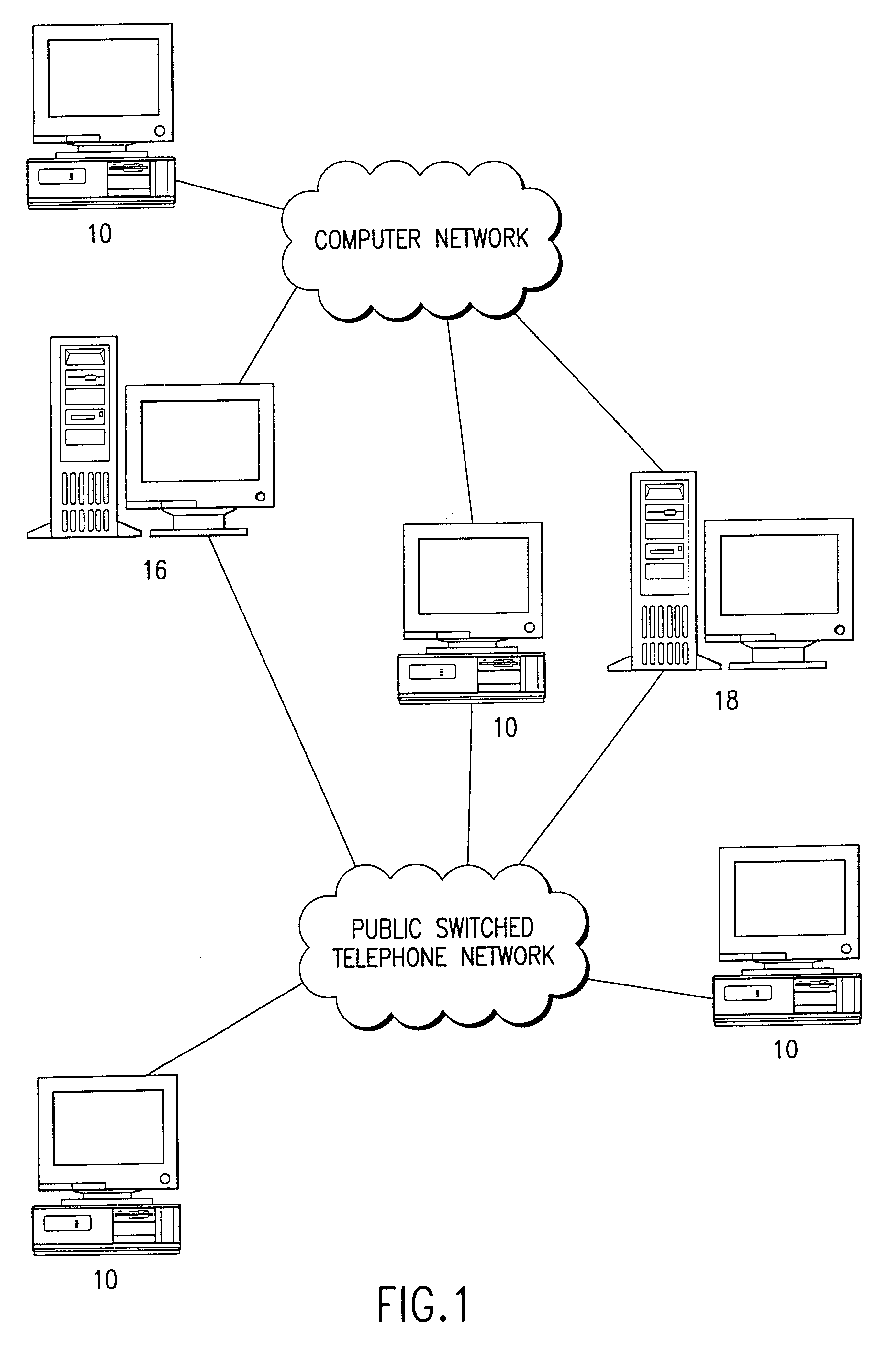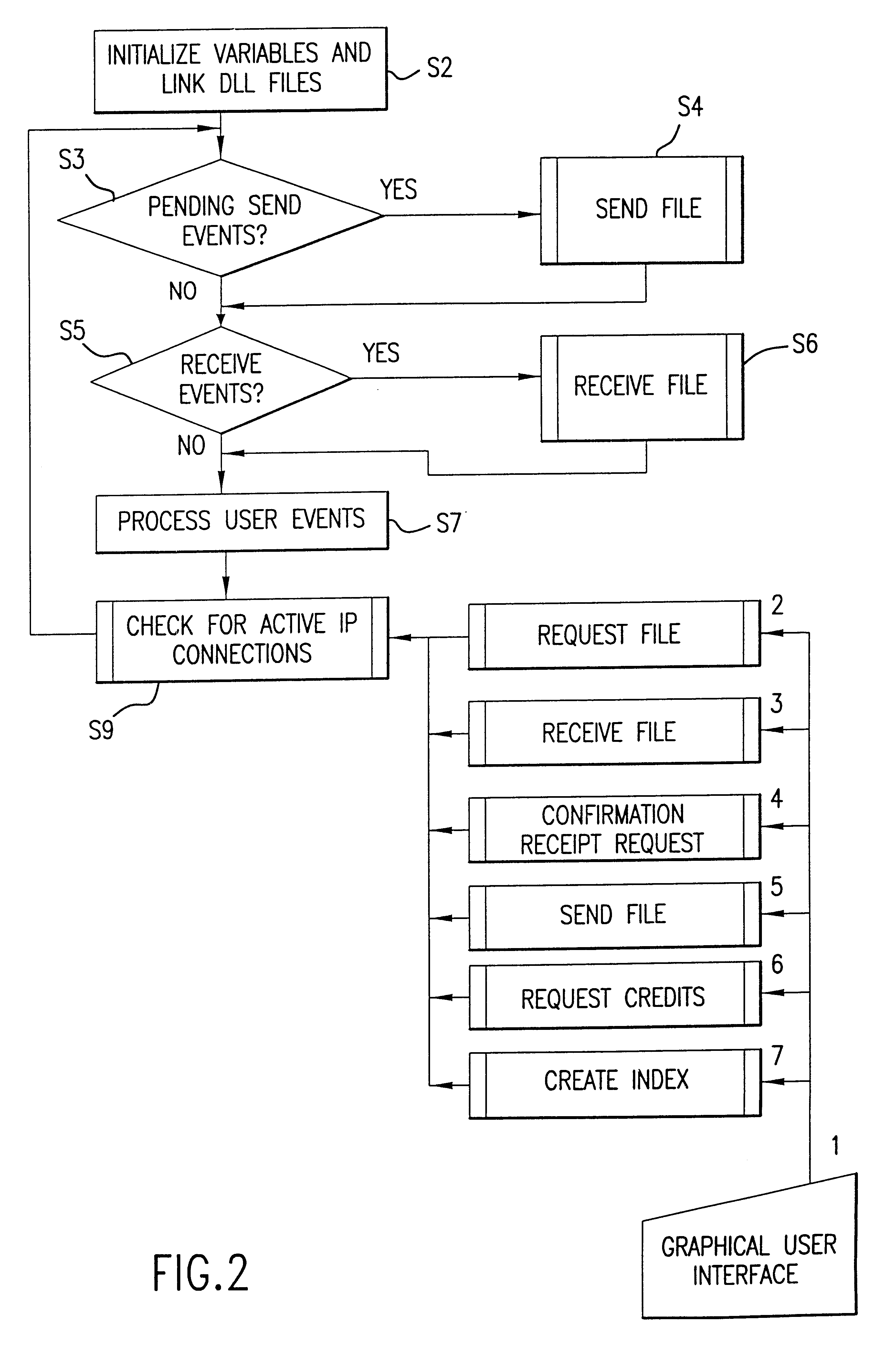The complexity of these systems and the physical resources mobilized to support the expedited transfer service are relatively costly, with the costs being passed on to the
service user.
While being relatively secure, slower express mail and delivery services are more costly to the sender than more immediate delivery electronic alternatives.
These intermediary computers reduce the relative security and timeliness of the transfers effected because neither the sender nor the recipient controls the intermediary
server.
Moreover, the intermediary servers themselves require significant administration and usually require login procedures and passwords in an attempt to overcome security issues, albeit at the expense of user convenience and
system complexity.
Further, these intermediary computers represent concentrated points of possible failure, as well as communication "bottlenecks" that set capacity limits for the collective number and size of files transferred.
Thus,
direct transfer of a specific file from a sending PC to a specific recipient at a receiving PC is not enabled by these systems, nor is the simultaneous exchange of files between multiple computers.
However,
direct transfer of a file from the sender to the recipient without login to the forwarding
server is not possible in
server-based mediated systems such as e-Parcel or NetDox.
Another drawback of server-based systems is that they are capacity limited in terms of the number of file transmissions that can be processed simultaneously, and the magnitude of the files that can be collectively stored during any given time period.
Server capacity must be increased proportionally, at significant cost, as the number of users and
system use increases.
Another limitation of
store and forward (mediated transfer) servers is that concentration of transmitted files represents a
system-level point of failure that increases both security and reliability risks.
However,
facsimile transmissions can
pose a multitude of transmission management and
processing problems for both the sender and recipient.
While fax devices enable direct transmission of a specific document image from a sender to a specific recipient, the transmissions are not in the original
file format of the document transmitted and typically suffer degraded visual quality.
PC fax transmissions result in very large file sizes driving requirements for large storage capacity.
However, mediated
file transfer using
client / server communication across
wide area networks typically requires login to a network server, and can
pose security risks when access is permitted for remote users or an organizationally unrelated
third party.
Typically, groupware suffers from its own complexity of use and does not enable direct transmission of a specific file from one PC to another PC, or a simultaneous exchange with multiple PCS.
In addition, no communication or file controls are enabled.
Another drawback of these conventional systems is that
polling of a
remote computer, when such capability is present, occurs serially.
Thus, a long time is required to receive many files from many different destinations, particularly if one of the destinations is busy, causing the
polling computer to repeatedly attempt to contact the destination before ultimately timing out.
Drop Chute+ utilizes a single port, thus limiting communication to one other computer at one time.
Furthermore, if a user wants to send a file to a group of destinations, there is simply no way to do it under DropChute+.
Furthermore, the number of credits in the
local machine is modified upon each successful
file transfer by a corresponding transfer cost.
The transmission error doctor transmits the portion of the file not yet transferred when an error-free connection between the local computer and the destination computer is established, thereby resulting in the destination computer receiving the file without errors.
 Login to View More
Login to View More  Login to View More
Login to View More 


